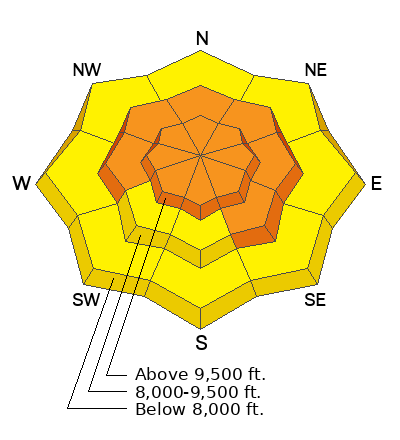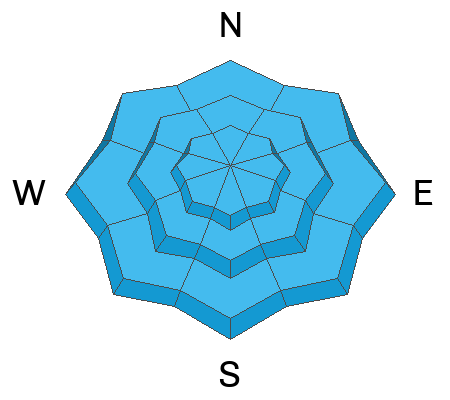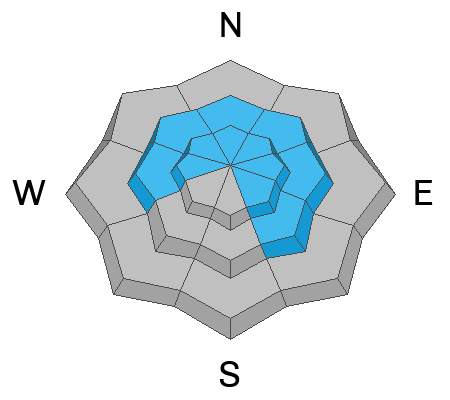Forecast for the Provo Area Mountains

Issued by Greg Gagne on
Friday morning, February 9, 2024
Friday morning, February 9, 2024
The avalanche danger is CONSIDERABLE at the upper elevations and mid-elevation slopes facing west through north and southeast. The avalanche danger is MODERATE at the low elevations and mid-elevation slopes facing southwest and south. Avalanches may involve soft slabs of storm snow or wind-drifted snow 2' to 3' deep. On slopes facing the north half of the compass (especially north through east), avalanches may fail in a persistent weak layer and be up to 6' deep.
Avalanche terrain can easily be avoided as there are great riding conditions on lower-angled slopes on all aspects.

Low
Moderate
Considerable
High
Extreme
Learn how to read the forecast here








